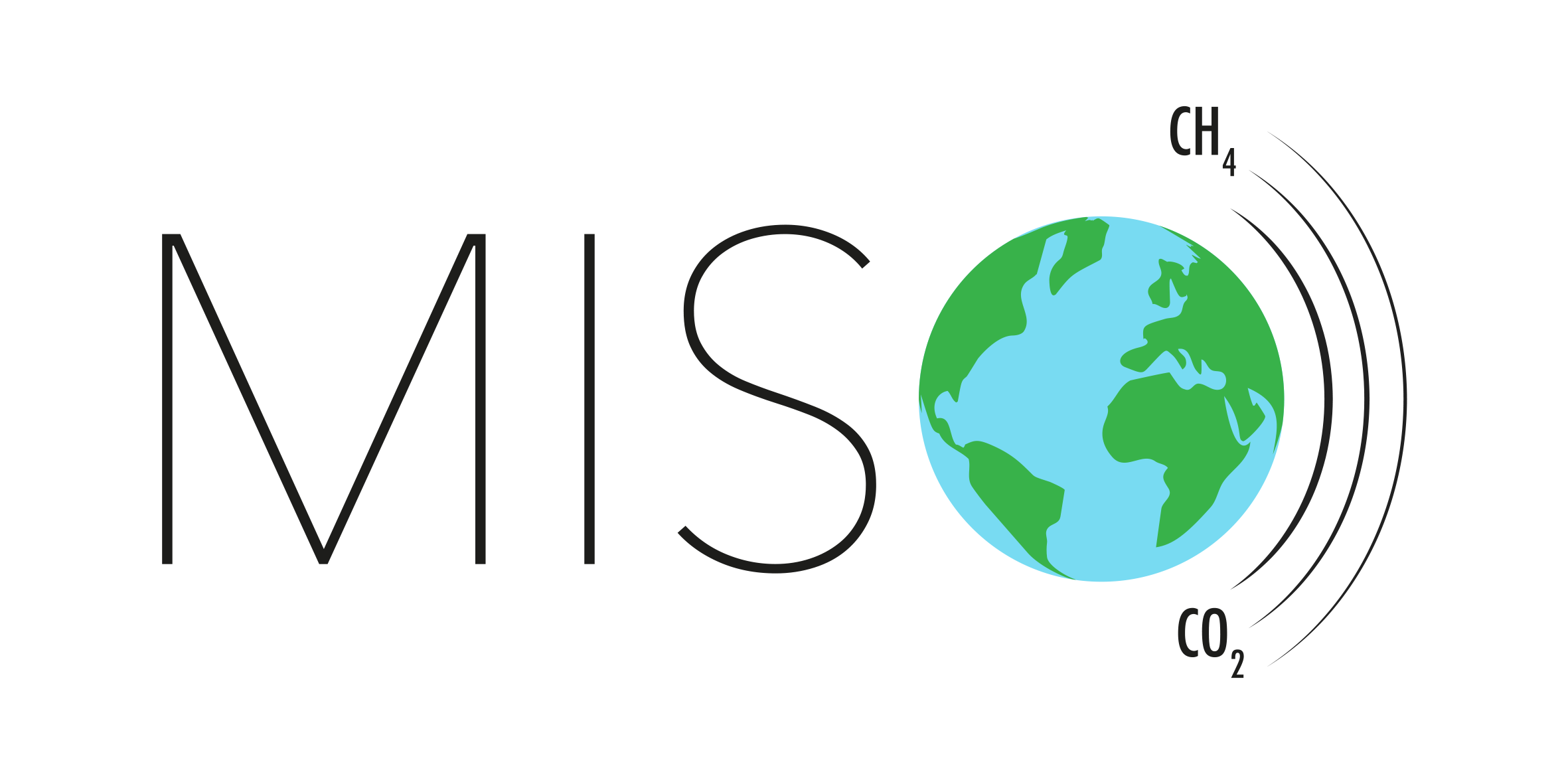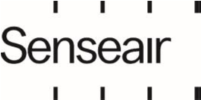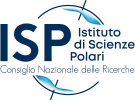This is the
MISO project
MISO have developed and demonstrated an autonomous in-situ observation platform for use in hard-to-reach areas (Arctic, wetlands), for detecting and quantifying carbon dioxide and methane gasses, using a combination of stationary and mobile (drone) solutions and requiring minimum on-site intervention when deployed.
To achieve this objective, MISO improves detection limit and accuracy of a NDIR GHG sensor, which then is used in three observing platforms (a static tower, a static chamber and a UAV-mounted sensor) operated with the help of a central base unit. All elements are designed for operation in harsh environments and with minimum human intervention. The static observatories are powered by a unique geothermal device.
Communication between the three observatories and a data cloud uses a combination of P2P, G4/G5/LTE, LORAWAN and wifi technologies. The specifications of the platform is co-developed with stakeholders from academia, monitoring and measurement systems, industry and policy.
NEWS
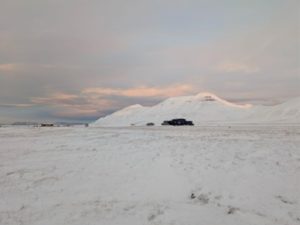
🌐❄️ 𝐌𝐈𝐒𝐎 𝐒𝐯𝐚𝐥𝐛𝐚𝐫𝐝 – 𝐄𝐧𝐯𝐢𝐫𝐨𝐧𝐦𝐞𝐧𝐭𝐚𝐥 𝐈𝐧𝐭𝐞𝐥𝐥𝐢𝐠𝐞𝐧𝐜𝐞 𝐓𝐞𝐬𝐭
As part of the Svalbard field campaign, we tested and validated our live update framework and communication setup for autonomous, intelligent sensors operating in Arctic
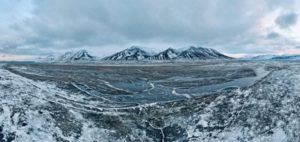
🌍❄𝐀𝐫𝐜𝐭𝐢𝐜 𝐏𝐢𝐥𝐨𝐭 – 𝐌𝐢𝐬𝐬𝐢𝐨𝐧 𝐂𝐨𝐦𝐩𝐥𝐞𝐭𝐞𝐝!
The MISO team wrapped up its 𝐟𝐢𝐧𝐚𝐥 𝐟𝐢𝐞𝐥𝐝 𝐜𝐚𝐦𝐩𝐚𝐢𝐠𝐧 𝐢𝐧 𝐋𝐨𝐧𝐠𝐲𝐞𝐚𝐫𝐛𝐲𝐞𝐧, 𝐒𝐯𝐚𝐥𝐛𝐚𝐫𝐝, pushing our monitoring technologies to the limit under 𝐞𝐱𝐭𝐫𝐞𝐦𝐞 𝐀𝐫𝐜𝐭𝐢𝐜 𝐜𝐨𝐧𝐝𝐢𝐭𝐢𝐨𝐧𝐬. 🚁 𝐀𝐮𝐭𝐨𝐦𝐚𝐭𝐢𝐜
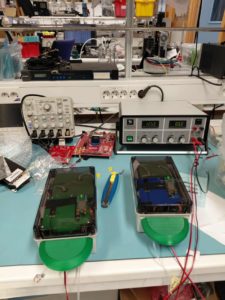
Final Tests Before Arctic Pilot Launch
Final tests of Gas ambient monitors are being implemented at NILU Lab (by PhD student Huy Duong Gia of NILU) before they are installed in

🌍✨ The MISO project has reached another important milestone with its second review meeting with the European Commission on September 17.
Together with our Project Advisor and two external experts, we reflected on the progress made so far and received valuable feedback that will help guide
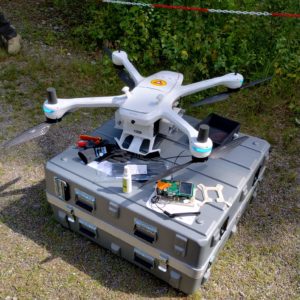
🌍✈️ 𝐌𝐈𝐒𝐎 𝐢𝐬 𝐡𝐞𝐚𝐝𝐢𝐧𝐠 𝐭𝐨 𝐒𝐯𝐚𝐥𝐛𝐚𝐫𝐝 𝐟𝐨𝐫 𝐢𝐭𝐬 𝐟𝐢𝐧𝐚𝐥 𝐟𝐢𝐞𝐥𝐝 𝐜𝐚𝐦𝐩𝐚𝐢𝐠𝐧!
This campaign will put both our 𝐢𝐧-𝐬𝐢𝐭𝐮 and 𝐔𝐀𝐕-𝐛𝐚𝐬𝐞𝐝 𝐬𝐞𝐧𝐬𝐢𝐧𝐠 𝐬𝐲𝐬𝐭𝐞𝐦𝐬 to the test under extreme Arctic conditions. Earlier trials took place at the Azur
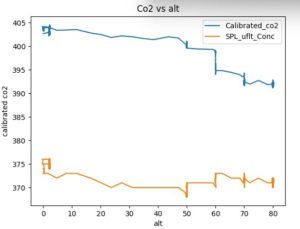
🚁✨ 𝐃𝐫𝐨𝐧𝐞 𝐈𝐧𝐬𝐢𝐠𝐡𝐭𝐬: 𝐌𝐚𝐩𝐩𝐢𝐧𝐠 𝐆𝐫𝐞𝐞𝐧𝐡𝐨𝐮𝐬𝐞 𝐆𝐚𝐬𝐞𝐬 𝐢𝐧 𝐖𝐞𝐭𝐥𝐚𝐧𝐝𝐬 🌿📡
As part of the MISO project, our recent intensive 𝐰𝐞𝐭𝐥𝐚𝐧𝐝 𝐟𝐢𝐞𝐥𝐝 𝐜𝐚𝐦𝐩𝐚𝐢𝐠𝐧 𝐚𝐭 𝐇𝐲𝐲𝐭𝐢𝐚̈𝐥𝐚̈ 𝐅𝐨𝐫𝐞𝐬𝐭 𝐒𝐭𝐚𝐭𝐢𝐨𝐧, 𝐅𝐢𝐧𝐥𝐚𝐧𝐝, brought our innovative drone system into action. During
Contact Info
Dr. Tuan-Vu Cao, project coordinator.
The Climate and Environmental Research Institute NILU.

This project has received funding from the European Union’s Horizon Europe research and innovation programme under Grant Agreement No. 101086541.
